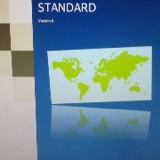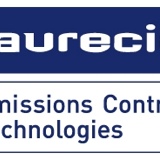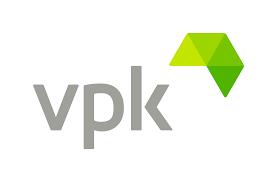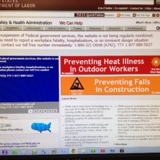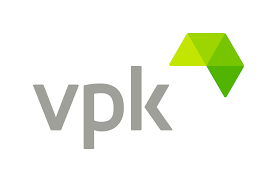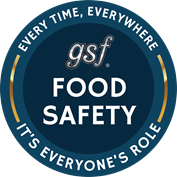Information
-
Document No.
-
Audit Title
-
Client / Site
-
Conducted on
-
Prepared by
-
Location
-
Personnel
9.1 - DESIGN, CONSTRUCTION AND LOCATION (BASE)
-
All equipment must be properly specified, commissioned, checked against local legislation for suitability and risk assessed for food safety prior to use.
-
Equipment must be designed, constructed and located to enable cleaning, maintenance, and servicing.
-
Equipment must be maintained in a good condition to prevent foreign object risks. This includes welds and joints which must be smooth and impervious.
9.1.1 - DESIGN, CONSTRUCTION AND LOCATION (MEDIUM)
-
Equipment must be constructed from materials that are not susceptible to damage under normal usage and cleaning and do not pose a risk to the user or product.
-
Where appropriate, equipment must be stripped down for effective cleaning.
-
Parts susceptible to wearing on mechanical equipment e.g. belts, brushes and scrapers that come into contact with product, must be of a contrasting colour to the product and be regularly inspected for wear and damage.
9.2 - EQUIPMENT IN STORAGE (BASE)
-
Equipment which is not being used must be stored so as not to pose a risk to the product.
9.3 - MOBILE EQUIPMENT (BASE)
-
Mobile equipment e.g. forklift trucks, pallet trucks, gas heaters, fans, scissor lifts and ladders must be clean, maintained and stored in a suitable area when not in use.
9.3.1 - MOBILE EQUIPMENT (MEDIUM)
-
Mobile equipment e.g. forklift trucks and pallet trucks that are used in open food areas must not be used in external site areas.
-
Battery charging points must not be in production areas unless the batteries are fully sealed/maintenance free.
9.4 - TEMPERATURE CONTROL EQUIPMENT (BASE)
-
Equipment installed to maintain the temperature of an area must be suitable to ensure the correct temperatures are maintained under maximum load with records kept as evidence.
-
Equipment for temperature control must not pose a safety or contamination risk through poor condition, bad fitting or maintenance, poor function or leaks.
